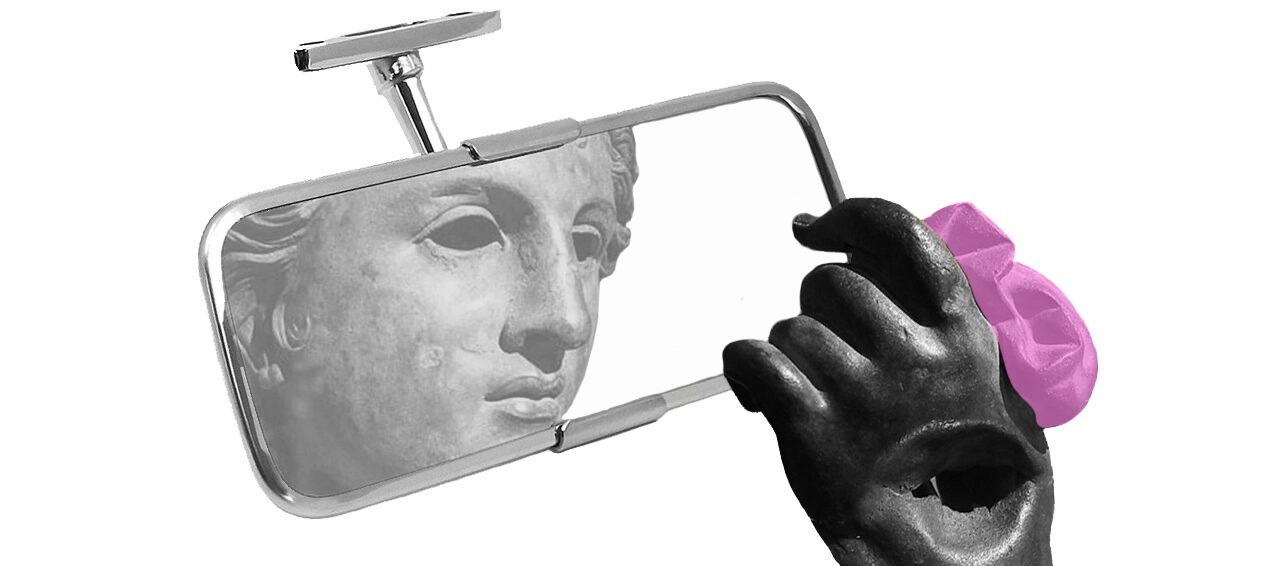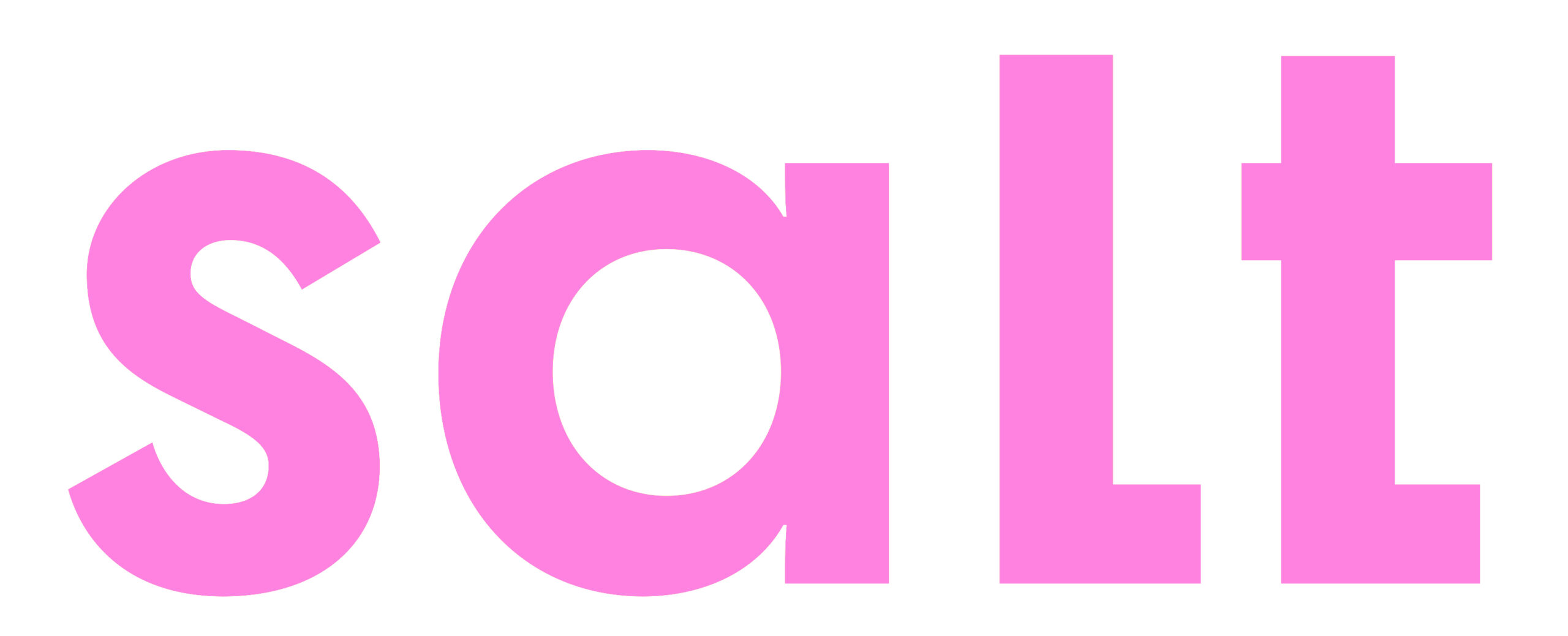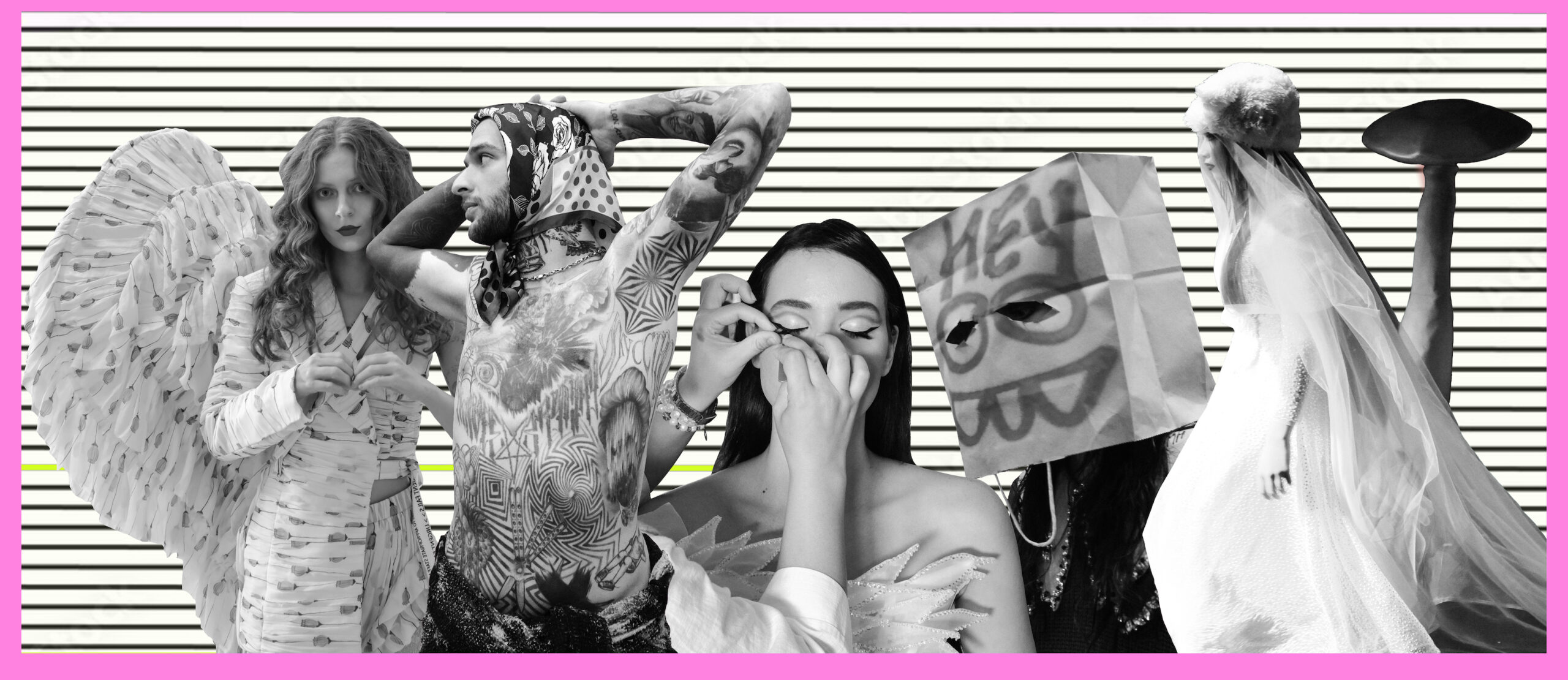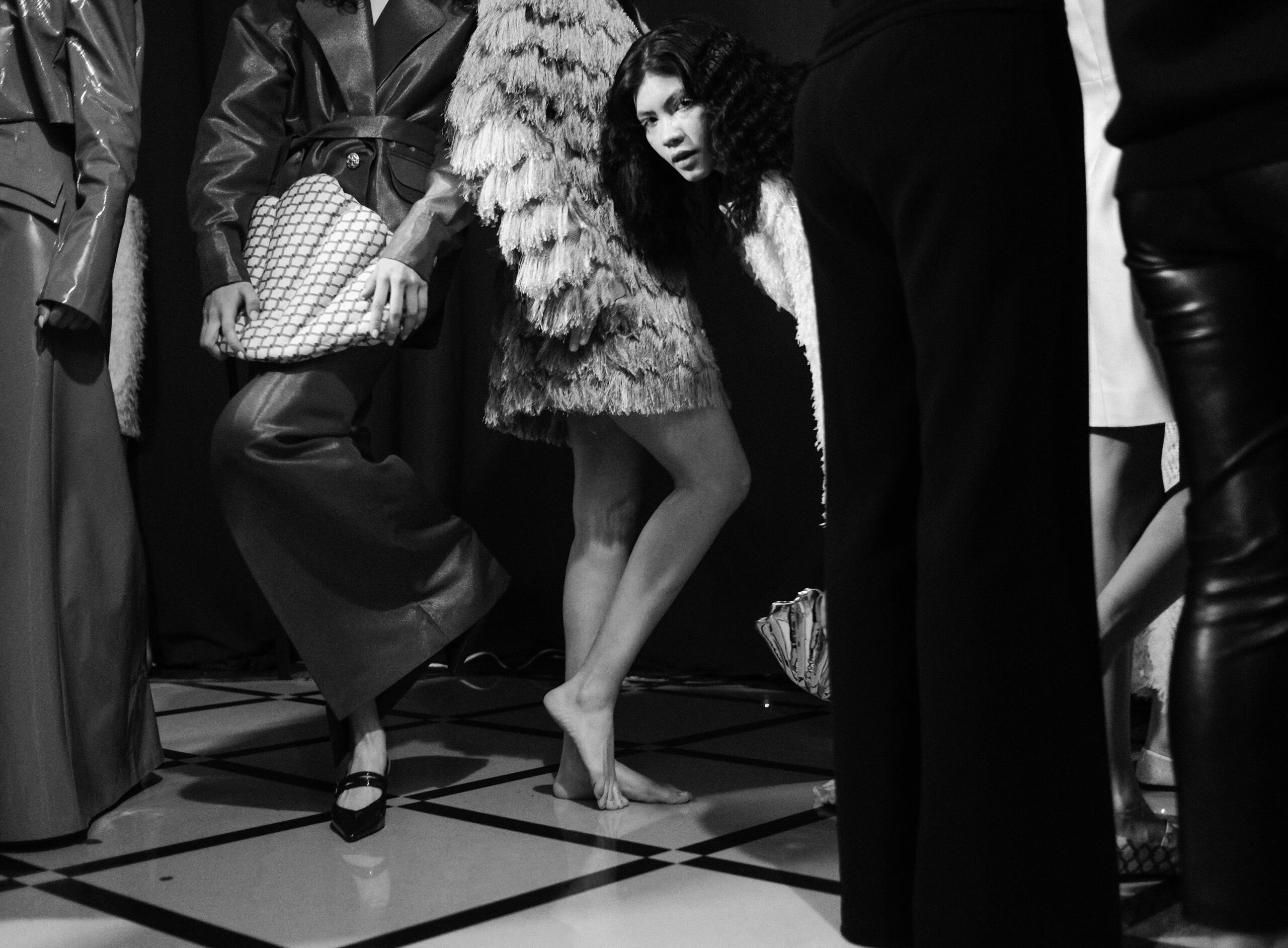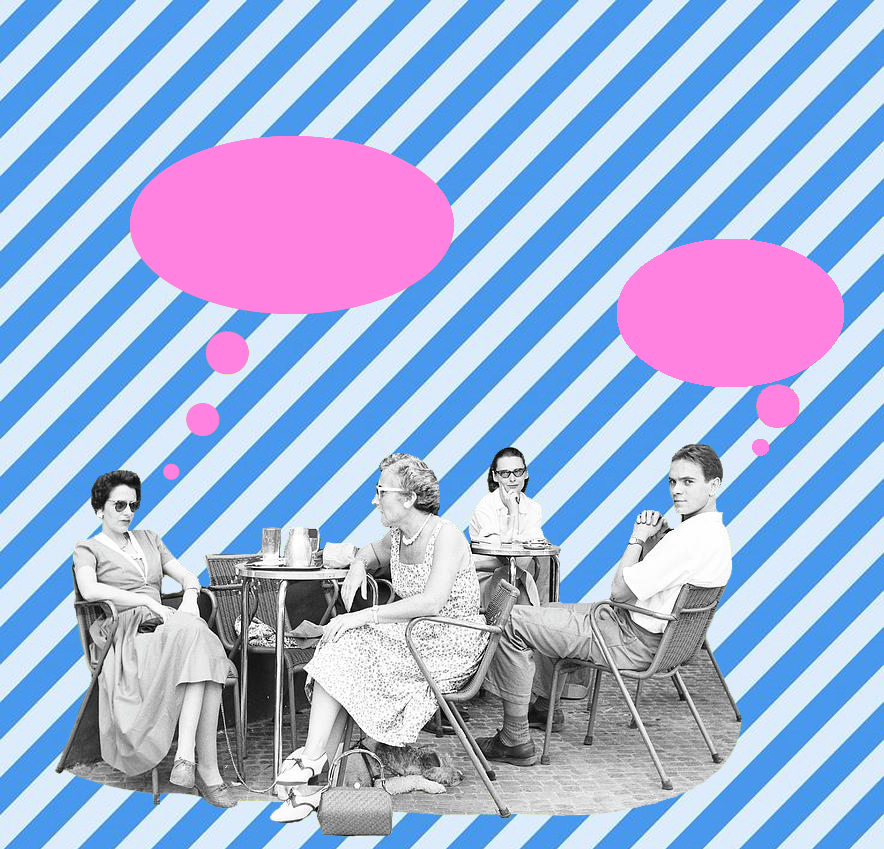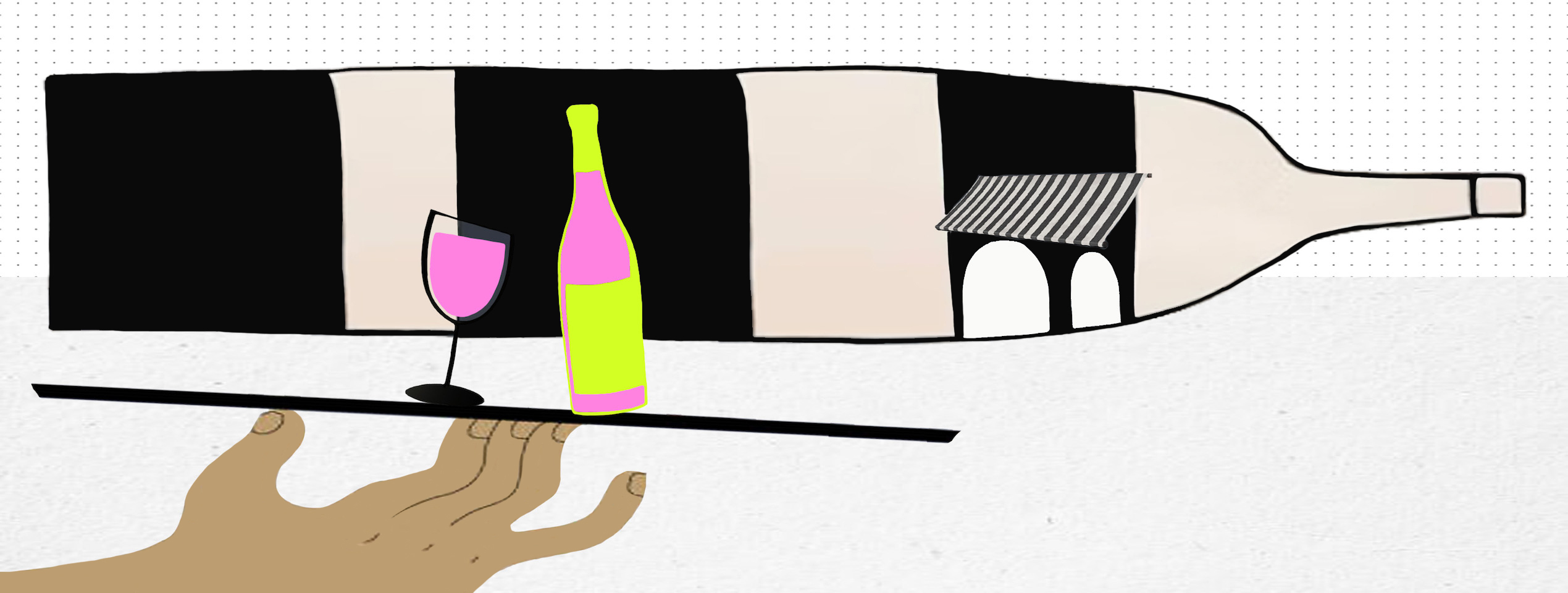“Even our goddess’s neck is miserably crooked—she’s kheghj too,” a comedian quipped, only to be met with swift dissent.
“It’s not crooked, and she’s not miserable. She’s a goddess, and her neck is in a pose of ecstatic pleasure!”
No punchline this time, the argument was won by the woman. The comedian left for the buffet area, where he could safely poke fun at the hors d’oeuvres but not the goddess’ neck.
It was September 19, a “closed opening” of the exhibition in the History Museum of Armenia featuring the remnants of the head and hand of Goddess Anahit on loan from the British Museum. Some of us came for a reunion with a long-lost maternal figure and piece of identity kept away for so long, others simply because we were invited.
The hall bore all the hallmarks of a highbrow gathering: a guest list, a lavish spread, women in evening dresses and gowns, souvenirs for guests and mayor of Yerevan Tigran Avinyan in a suit.
Amid the conversations, a few snippets caught my ear:
The British Museum wouldn’t send her back just like that. Something’s bound to happen…
What if it’s already happened? Maybe this is just a consolation prize for what happened to Artsakh.
I feel it—next, Schengen visa requirements will be lifted! It’s a sign of good changes!
What if it’s not?
The goddess stood silent through it all, her expression unfazed by the weight of centuries—or the whispers of the moment.
While I was trying to understand why everyone was searching for subtexts, especially so grim, I realized we were grappling with what I’ve come to call our “September Syndrome.” Survive September, and perhaps we can weather anything.
But, don’t get me wrong, what about October or November? How can we feel secure when so much of our region is engulfed in conflict?
While many of the beautiful guests rushed to take a mind-blowing selfie with a real Goddess, I found myself wondering how far I’d have to stretch my arm to join them. But amid the flurry of camera flashes and awestruck gazes, a deeper question lingered: what could this encounter with Anahit mean for us as a society?
To explore this, I reached out to Taguhi Nane Yeghikyan, a Jungian psychologist and co-founder of TAJAR, a cultural and wellness initiative. Nane brings a unique perspective, not only through her professional lens but also as the granddaughter of two towering figures in Armenian culture: sculptor Artashes Hovsepyan and scholar Hasmik Israelyan.
It’s wonderful that this is happening now for us. But I wonder how we can truly use this opportunity—not just to go and look at the statue, but to channel something deeper and connect. By the way, Ana hata is the name of the heart chakra, which I find so symbolic. Maybe we need to work with this chakra.
Her voice message hit me like a cold shower. As she prepared to send another, I quickly Googled the symptoms of a blocked heart chakra—and the results were unsettlingly familiar.
“Some emotional symptoms include: Being overly critical of yourself or others,” one blog stated.
Next came: “Inability to forgive.”
And then: “Feeling disconnected from others—a sense of isolation or emotional numbness.”
I stopped reading, quietly acknowledging how much these patterns mirrored our collective psyche. Could it be true? Was our heart chakra collectively blocked? And if so, how could we possibly heal it?
I turned my attention back to Nane’s incoming voice messages, now with a deeper sense of curiosity and urgency:
A blocked heart chakra can lead to a sense of constant fear—a pervasive fear of everything, especially of our own selves and our identity. We’re afraid to truly look into it, to confront our own descriptions, our own ideas. We hide behind what others say about us, but we don’t speak for ourselves. There’s nothing more powerful to combat fear than Love—not the cheesy, superficial kind, but genuine, unconditional Love. And first, we must find a way to truly love ourselves just as we are.
Anahit’s arrival is a wonderful opportunity to channel this energy and connect with parts of ourselves that we’ve denied or never even knew existed. It’s also a powerful invitation to rediscover the full spectrum of our female archetypes, to stop limiting femininity to just one narrow expression. I was raised in the U.S., where women were often seen as either nurturing mothers or powerful career women, but rarely both. In my family, I’ve seen how these different aspects and many more can coexist in one woman without compromising her life or her career.
Research shows that women were once central figures in our culture, but over time they’ve been pushed into the shadows or limited to traditional roles, like giving birth or other societal expectations. Even our coins, which feature both the king and queen together, reveal this rare understanding of women and balanced archetypes. Important decisions would often involve the queen, too. Society didn’t confine women to just one type, and neither should we. Women were truly a manifestation of abundance and balance, something that remains rare in Western culture today. You’re either a boss lady or a caregiver mom. Our culture understood that women could embody multiple, balanced archetypes without any conflict or contradiction. Only in our and Sumerian mythologies can we meet those archetypes.
Marie-Louise von Franz, a Swiss Jungian psychologist and scholar known for her work on fairy tales and alchemical manuscripts, also observed this. She noted that our female characters often display multiple archetypes simultaneously, sometimes even conflicting ones, but all within a single woman.
As Nane continued sharing her research on how balanced and empowering our culture has been, I became absorbed in the many strong female figures woven into our history. Among them were Queen Erato and Parandzem, who ruled with power, as well as numerous princesses and even ordinary women who played significant roles in Armenia’s political, cultural and military life. I was once again drawn to the epic tales, particularly the Daredevils of Sasun, which feature bold, independent women who made their own life choices.
Our rich heritage, including the 12th-century Armenian Law Codex that protected women’s rights—such as the right to divorce if their happiness was not prioritized—stands in stark contrast to the more confined notions of femininity we see today. Somehow, we’ve moved away from this progressive legacy, limiting the roles and possibilities for women.
How did we end up with our current limiting ideas of what a woman is?
To me, this imbalance in the perception of the feminine comes from the West, and it’s not rooted in our culture. There are two ways of perceiving life: one is the Sky father perspective, which focuses on separation, division and fragmentation. The other is the Earth mother perspective, which is typical of indigenous cultures and sees everything as interconnected. It’s this second perspective that once shaped our worldview, reflected in our culture and myths. Women were the carriers of tradition, the storytellers, and the keepers of indigenous beliefs—the very threads of cultural identity.
The last voice message came just as I was finally alone with the Goddess. No one else was around, and I could just stare at her, free from any distractions, wondering which part of our history was now revisiting us in this form. Was it reminding us of something long forgotten, or was it offering us a chance to rebuild, to reimagine ourselves? Just then, one of the museum workers interrupted me.
I know she has no eyes, but she still has this hypnotizing look, right? I can’t stop staring at her too.
Yes, I feel it too! She’s like embracing me with her look. I feel so good around her.
“Well, she’s our mother Goddess,” I noted, understanding that it’s my time to leave, when one of the other workers told me in a very worried tone.
Yes. But aren’t we…Christians?
The question hung heavy in the air. I smiled and left.
Luckily the guests were busy with photos, treats, presents, conversations and nobody heard this exchange among the ladies guarding Anahit.
I left the hall, pondering whether this artifact serves as a powerful reminder that our history and roots stretch far beyond our relationship with this religion—the globalizing ideology we now know as Christianity. We’ve intertwined it so deeply with our identity that we often forget all the other elements that shape who we are. In doing so, we tend to conflate our identity with this one religion, when, in fact, it may be limiting our understanding of a much broader historical narrative.
Nane’s last message was also about Jesus.
Isn’t it fascinating that these events are unfolding simultaneously? Jesus is being constructed, and Anahit is being rediscovered. Perhaps these moments invite us to think about unity—the merging of masculine and feminine, of the old and the new. The union between collective consciousness and our often contrasting identities. When I say it’s time to love ourselves, I mean exactly that: to embrace every version of ourselves and not be confined by labels of how we should look or behave. We need to find ways to reconnect with our true identity and maintain our sovereignty.
Her captivating voice, effortlessly weaving complex ideas while also playing with her 2-year-old daughter, left me in awe.
I reflected on how, for me, the image of Jesus atop a hill represents the cultural influence of 1990s Brazilian soap operas on our collective consciousness. Yet, who knows what mysteries lie behind the largest statue of Christ, or what significance there is in the brief return of Anahit?
Maybe it’s simply what it is. But one thing feels certain: this September was unlike any other.


